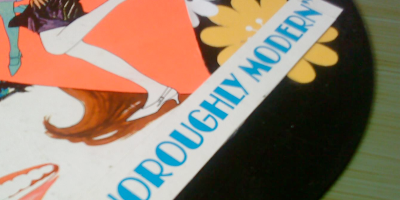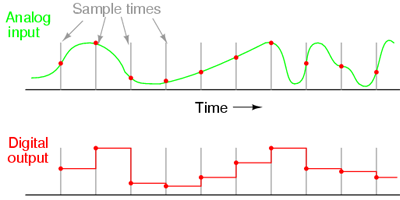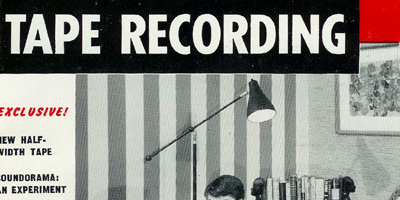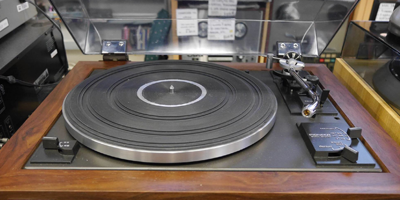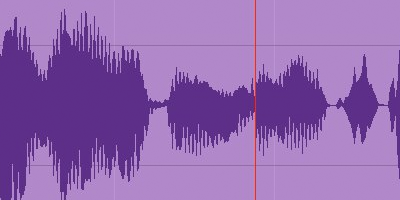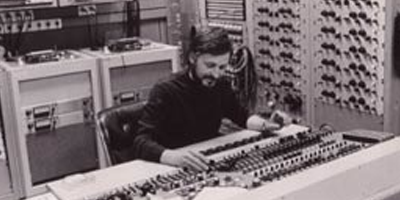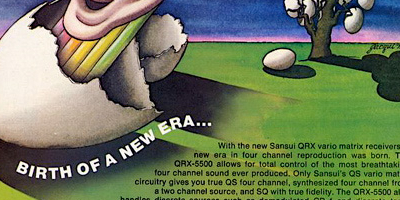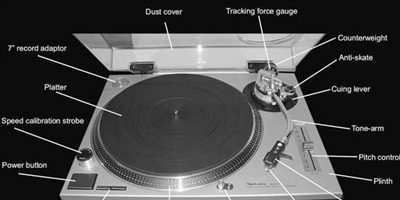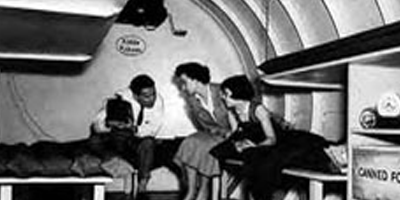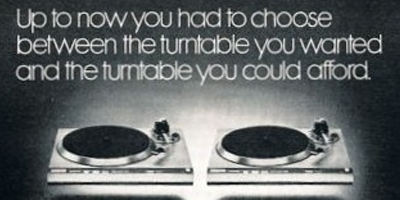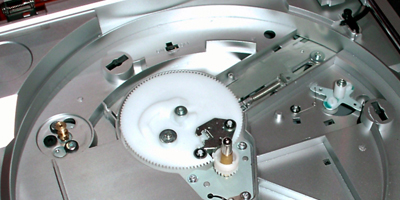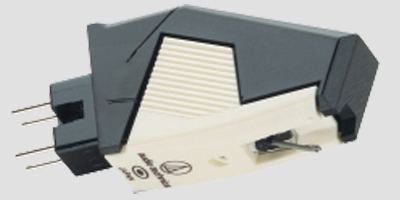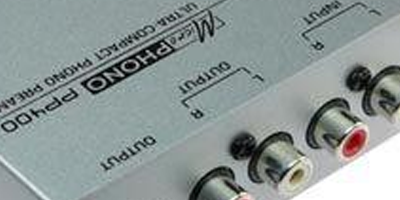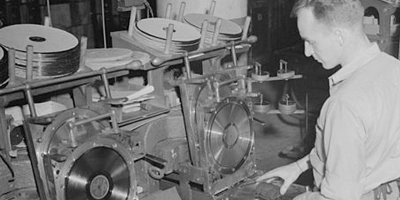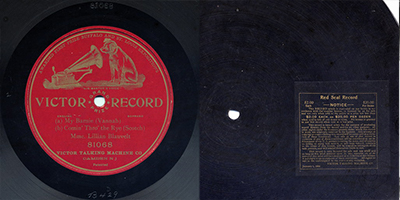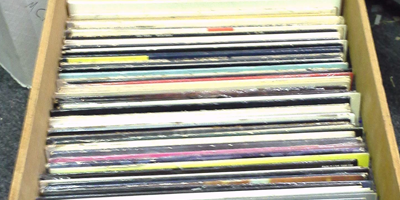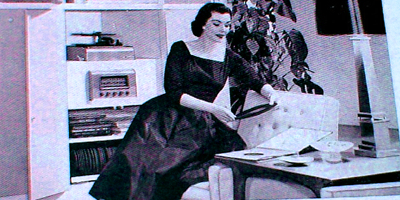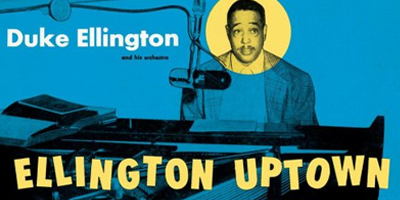
As I will define it, the Classic Vinyl Listening Experience began with the emergence of the 10” and 12”, 33 1/3 rpm, Long Play, Micro-Groove, Vinyl Record in 1948, and its smaller sibling, the 7” 45 rpm record, at about that same time.
I choose to start here because this is the technology that provided the two most important attributes of the listening experience that we seek: a sufficiently long playing time, and higher quality sound reproduction (High Fidelity).
Prior to this time, music was played back primarily on a 10” disc made of various materials. It rotated on a record player at approximately 78rpm, and due to the technical limitations you could get about four minutes of music on one side — with aural qualities that are not considered “Hi-Fidelity.” And while this required “active listening,” the experience was constantly being interrupted since the listener had to change the record every three or four minutes.
So let’s look at the importance of the 12” 33 1/3 rpm Long Play Micro-Groove Vinyl Record as it relates to our goal of defining the Classic Vinyl Listening Experience.
Its primary benefits were:
- Extended playing time (to about 25 minutes per side), improved sound quality, and improved durability. The duration and quality improvement came from the ability to further miniaturize the groove in the record (Micro-Groove). Micro-Grooves took up less space, so you could fit more onto the surface of a record.
- The miniaturization also allowed for the revolutions per minute (rpm) to be slowed to 33 1/3, which — along with its increased size to 12” diameter (Long Play) — provided for the greatly increased playing time.
- The durability and quality improvement came primarily from the vinyl plastic material, which was superior to the previous materials used, and the improved accuracy of the smaller groove, since the stylus did not have to travel as far. Records, which had been quite fragile, became very rugged and lasted much longer – due in no small part to vinyl’s ruggedness as a material, not to mention the record jacket that encased it for safe keeping and storage.
 Sign Up For Our Newsletter
Sign Up For Our Newsletter






